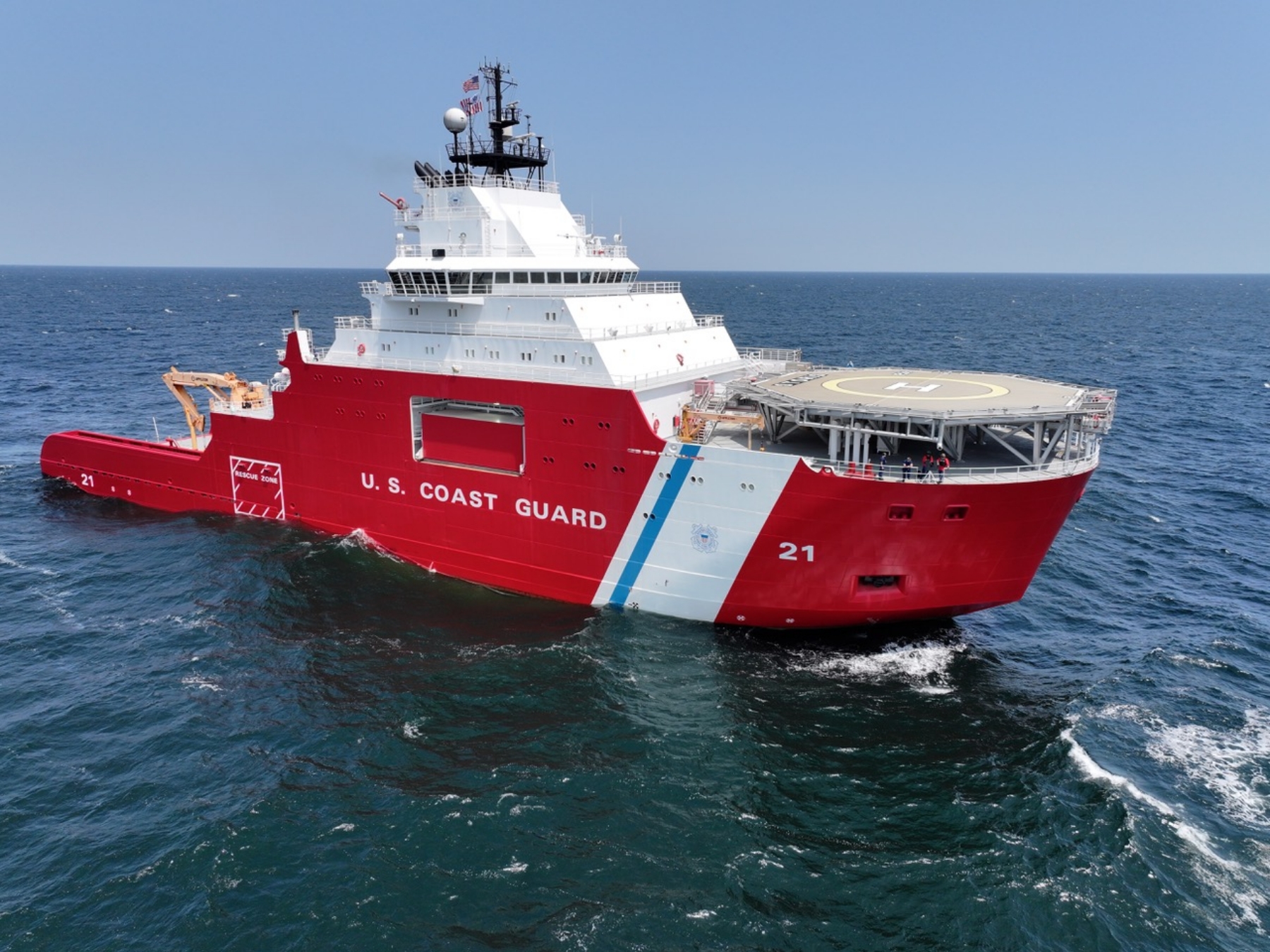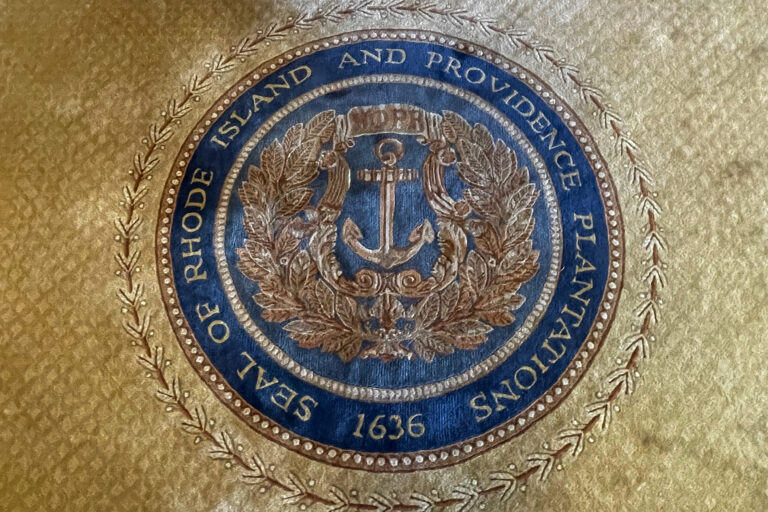
The United States’ first polar icebreaker acquired for the Coast Guard in more than 25 years has begun its maiden voyage, as it prepares to safeguard America’s interests in the Arctic.
The vessel, USCGC Storis, will expand U.S. presence in the Arctic, the Coast Guard said on Wednesday, adding that the nation’s third polar icebreaker will support national security.
Why It Matters
Last summer, the Pentagon released its updated Arctic strategy amid growing cooperation between Russia and its quasi-ally China—both engaged in great power competition with the U. S.—calling for an increased U.S. military presence in the region as a countermeasure.
Russia has been building its military power in the Arctic by establishing nearly three-dozen bases. China—which has declared itself an “important stakeholder” in Arctic affairs—has also expanded its presence there, including Coast Guard patrols and icebreaker deployments.
Meanwhile, melting ice—caused by climate change—has exposed previously inaccessible natural resources and opened new shipping routes in the Arctic, intensifying competition among Washington, Moscow, Beijing, and other powers for control of the strategic region.
What To Know
The Storis, which was acquired last December and previously named Aiviq, departed from Pascagoula, Mississippi, on Tuesday. The ship—manned by both military and civilian personnel—has been modified to enhance its communications and self-defense capabilities.
The U.S. Coast Guard said the Storis is scheduled to be commissioned in August at its permanent home port in Juneau, Alaska. However, the ship will be temporarily stationed in Seattle, Washington, until shore infrastructure improvements in Juneau are completed.
Open-source ship tracking data from the online service MarineTraffic shows that the Storis was underway in the Caribbean Sea as of Friday and is expected to arrive in San Diego, California, in July.

Photos courtesy of Edison Chouest Offshore
The acquisition of the Storis serves as a bridge to the delivery of the Polar Security Cutter-class icebreakers. The first ship in the class is expected to commence its construction this year and could be delivered as early as 2028—three years later than originally scheduled.
Icebreakers provide assured U.S. access and presence to the polar regions, the U.S. Coast Guard said in Force Design 2028—a blueprint to transform it into a “stronger, more ready, and capable” fighting force, announced by Secretary of Homeland Security Kristi Noem.
The U.S. Coast Guard operates two-dozen icebreakers, of which only three are designed for polar operations. Russia—which controls 53 percent of the Arctic coastline—possesses more than 40 icebreakers, according to the specialist outlet Breaking Defense.
What People Are Saying
The U.S. Coast Guard said on Wednesday: “The Coast Guard operates the United States’ fleet of icebreakers to assure access to the polar regions to protect U.S. sovereignty. To fulfill this mission and meet operational needs in the polar regions, the Coast Guard requires a fleet of eight to nine polar icebreakers.”

Photos courtesy of Edison Chouest Offshore
The Pentagon’s 2024 Arctic Strategy read: “The Arctic includes multiple strategically significant maritime chokepoints. Reduction in sea ice due to climate change means chokepoints such as the Bering Strait between Alaska and Russia and the Barents Sea north of Norway, are becoming more navigable and more economically and militarily significant.”
What Happens Next
It remains to be seen whether the U.S. Coast Guard will expedite the delivery of new polar icebreakers to maintain its presence in the Arctic amid growing challenges from Russia and China.




